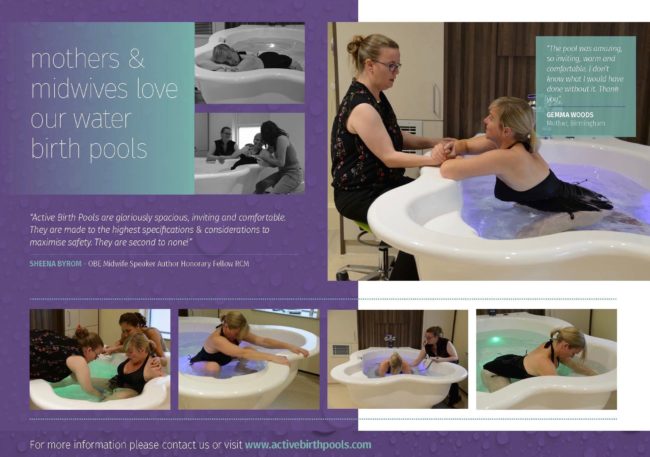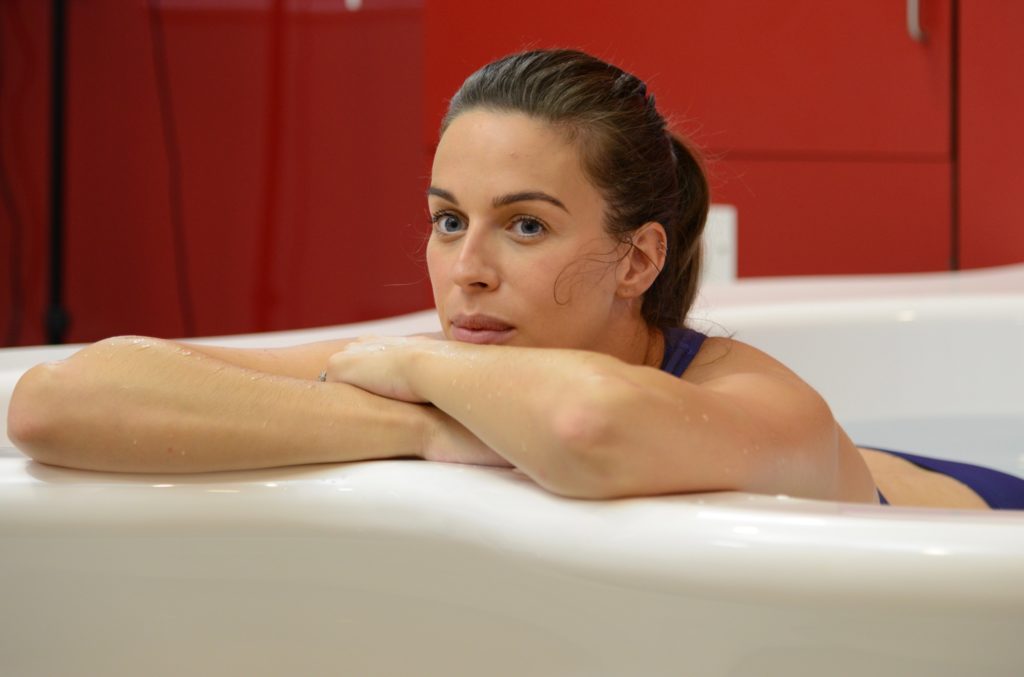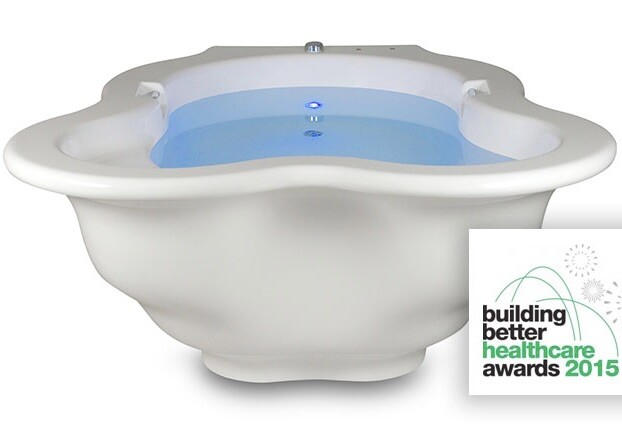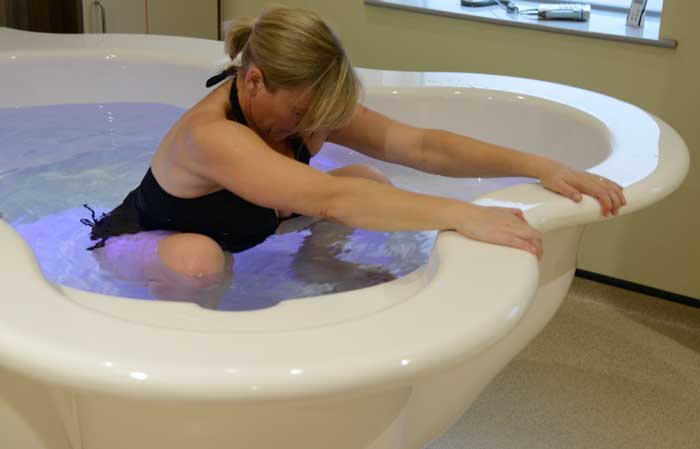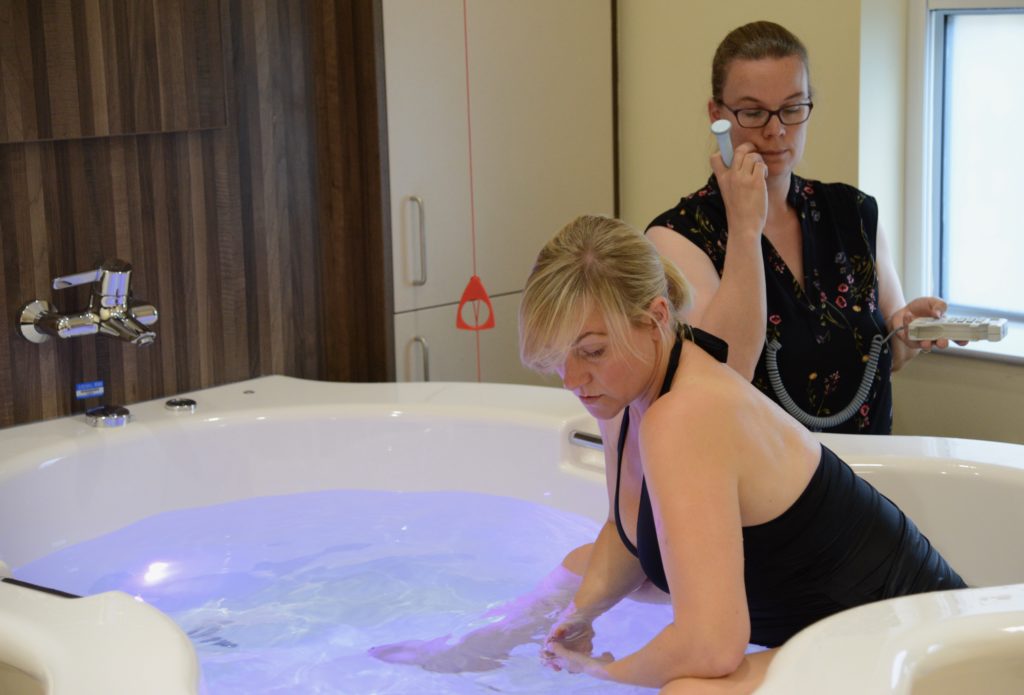As childbirth author and activist Sheila Kitzinger OBE wrote in her article ‘The clock, the bed, the chair’ published in 2003:
“Even a recent innovation, the birth pool, does not always permit free movement.
In theory, a pool allows a woman, supported by water, to move unencumbered.
Or so it might be thought.
Though published research often refers to mobility as an advantage of being in a pool, some pools are elaborate constructions with seats, handgrips and foot-rests, and movement in them is restricted.”
The pool dictates the position the mother should be in by placing her in a semi-recumbent posture with hand holds and foot rests to fix the arms and legs.
Mothers are positioned in the classic lying back with legs wide-open position but happen to be immersed in water.
The seats in these water birth pools are typically tilted backwards.
The mother is immobilised in a position with her pelvis tilted upwards resulting in her pelvic outlet being up to 30% smaller.
This puts pressure on the sacrum which flexes upward, into a curved position that restricts the diameter of the pelvic outlet inhibiting the baby’s descent.
The birth canal is placed in an “uphill” orientation, forcing the mother to push upward against gravity to give birth to her baby.
These seats and moulded fittings greatly reduce the space the mother has to move in and restricts her ability to use the positions most beneficial.
The benefits of labouring in water are largely negated.
The possibility of a physiological labour and natural birth is greatly reduced.”
